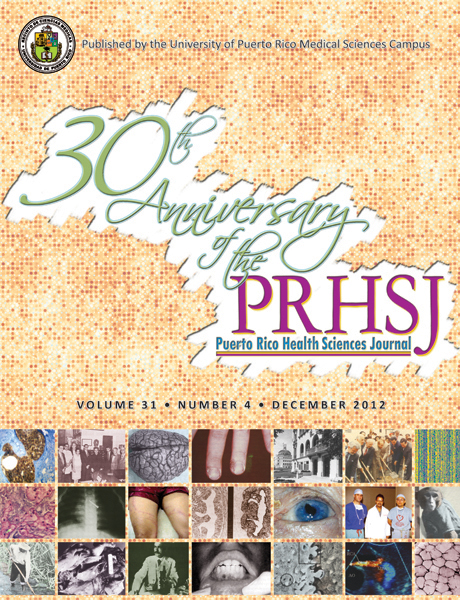Abstract
Objective: There has been a notable increase in the use of nutritional supplements in elders. Studies indicate that there may be a health risk in this population associated with the possible interactions of supplements with medications. Objective: Explore the profile of use of nutritional supplements in the elderly and the possible health risks from the concurrent use of certain supplements and medications. Methods: This was an exploratory cross-sectional study in a convenient sample of 130 subjects aged 60 years and older. The data was collected using a previously validated questionnaire. Chi2 was used to associate the use of supplements by demographics and health information and Spearman correlation to establish the relationship between the number of nutritional supplements, medications used and health conditions reported. Results: About 63% of the subjects were women. Women used more supplements compared to men (p < 0.05). Most common supplements used were multivitamins and calcium. Non vitamin non mineral (NVNM) supplements use was low and the most used were garlic, chondroitin, glucosamine, and ginger. The conditions most related to the use of supplements were hypertension and arthritis. There was a significant correlation between the number of nutritional supplements with number of medications (R=0.27; p < 0.01) and number of health conditions (R=0.31; p < 0.01). There were 8 possible health risks associated with the use of NVNM together with anticoagulants and antidiabetics. Conclusion: Supplement use was higher in women and in participants with hypertension and arthritis, with some potential risks to health between the use of certain NVNM and medications.
Authors who publish with this journal agree to the following terms:
a. Authors retain copyright and grant the journal right of first publication with the work simultaneously licensed under a Creative Commons Attribution License that allows others to share the work with an acknowledgement of the work's authorship and initial publication in this journal.
b. Authors are able to enter into separate, additional contractual arrangements for the non-exclusive distribution of the journal's published version of the work (e.g., post it to an institutional repository or publish it in a book), with an acknowledgement of its initial publication in this journal.
c. Authors are permitted and encouraged to post their work online (e.g., in institutional repositories or on their website) prior to and during the submission process, as it can lead to productive exchanges, as well as earlier and greater citation of published work (See The Effect of Open Access).
